‘The mental health ward became my prison cell’: a patient’s plea for change
Billie spent more than 1000 days in hospital before she turned 18. Damaged but determined, she is now speaking out for mental health reform.

Only those who have lived it can know the terror of severe acute mental illness when it strikes. It’s an experience that can be marked with feelings of panic, isolation and fear but, above all else, the desire to feel better. For many in those moments, when focus should be on recovery, instead there is a terror knowing what lies ahead in a system that is supposed to heal.
Before her 18th birthday, Billie, who wishes to use a pseudonym to protect her privacy, had been admitted to several hospitals as an involuntary patient more than 20 times. She was a competitive and talented water polo player in high school but in the years she should have been planning a bright future, she lost it all. She spent about 1000 days in youth public hospital psychiatric wards.
They were hours, days, weeks and months characterised sometimes by compassion and care but more often than not by fear and degrading treatment. If Billie had accessed the healthcare system with a broken leg, her treatment would have been considered appalling – a treatment no patient experiencing any other kind of ill-health would encounter. The experience has left Billie with a crippling fear of the public health system but she also has a staunch determination to make it better for others. It’s the reason she’s sharing her story.
Billie recalls being put in seclusion for as long as 24 hours. Mental health wards in Australia have small, purpose-built rooms within the facility to lock patients in when they are in crisis. It’s supposed to keep them safe, but in Billie’s case it was her prison. She says the room had nothing more than a blue mattress on the floor, with no bedding and no bathroom.
“Sometimes I wasn’t trusted to even go to the toilet, so they gave me a silver steel bowl in my room, the ones like you see maybe in prison. It all still affects me, it really does.”
It’s an experience she says happened more than once. While the use of seclusion and restraint – regarded as anathema to therapeutic practice – has reduced in hospitals, it still occurs not infrequently.
“You’re given medication to calm down and it does work, it does calm you down, but then you’re left in seclusion for hours, recently as long as 24 hours. The medications helped and it worked, so why am I still in this room?”
This was Billie’s introduction to a system she’d approached for support, but even as a teenager at the time, she learned quickly that asking for help wouldn’t always mean getting it. It would be years before she would be correctly diagnosed with treatment-resistant schizophrenia, after years of being misunderstood and misdiagnosed. “If I said I felt like self-harming it was like I was punished. There would literally be 10 people and multiple security guards surrounding me. I was asking for help. I did not harm myself. I did not harm anyone else. But they just come at you; there would be male staff pulling down your pants in front of security guards and injecting you. It’s just so degrading.”
Now 29, Billie is picking up the pieces of her life and is a resilient young woman who does an exceptional job of managing her mental health. Despite the ongoing trauma from her previous admissions she still must regularly navigate a broken system when in crisis. Since she was approved for an NDIS package, life has been infinitely better. Two-thirds of those with a psychosocial disability, like Billie’s, who apply for the NDIS are unsuccessful; others with severe acute mental illness are locked out of the scheme.
While Billie is one of the lucky few to be granted an NDIS package, it goes only a little way toward solving the problems she knows she will face during her next admission in the public health system. When in crisis, Billie and her parents are faced with Hobson’s choice: they know admitting her to a ward keeps her safe, but are forced to be willing participants in further traumatising their daughter. She will be expected to recover in an environment with chronic overcrowding, delay, and often the presence of violence.
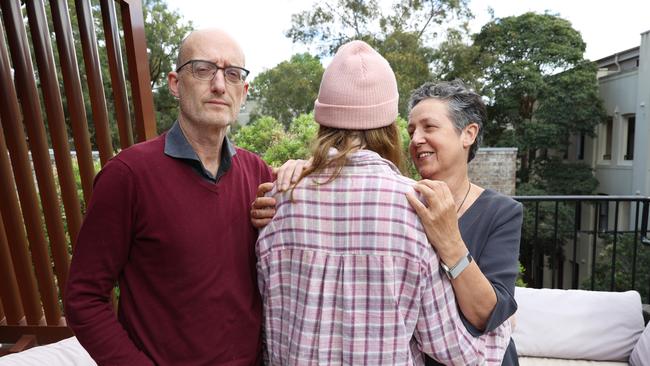
“Every parent, every carer, is in this situation where there’s only sets of bad and difficult choices and you’ve got to try and choose which is the least worst,” says father Anthony.
“Sometimes it’s going and waiting in ED for four days while your daughter lies on a trolley in the recess area. Sometimes it’s sending her into acute units, knowing that they are unsafe places, particularly for young women. But staying at home is also unsafe. You just don’t know which choice is the least worst.”
It’s a sentiment mother Bernie shares.
“Sometimes I wasn’t trusted to even go to the toilet, so they gave me a silver steel bowl in my room, the ones like you see maybe in prison. It all still affects me, it really does.”
“Australia has got a fantastic healthcare system but there’s some obvious gaps in the care for people who are becoming quite unwell but still able to live in the community and don’t need to go to hospital. That’s just a gap that we’ve never been able to get any support for, and also that gap between a really acutely unwell situation where there are safety issues, and finding something that’s appropriate for young people, that’s appropriate for a young woman, is very challenging, and I don’t think we’ve ever really found that need well met,” she says.
“I think it is simply a case of resourcing mental healthcare. For all of the time we have been coping with this, that was a constant issue. Acute care wards, mental health intensive care units, they’re constantly overloaded or unavailable. We live in a major city; I imagine that’s even harder in rural and remote settings.”
Billie’s parents both trained as medical doctors. They know their way around medical systems, and they’re fierce advocates. Still, it makes little difference when trying to navigate a system marked by polarity that commonly fails to uphold patients’ human rights and sometimes can barely be described as remotely therapeutic. It’s either fend for yourself at home, or be subjected to treatment in a system that operates in a state of crisis where so-called healthcare is calibrated and determined based on risk rather than therapy.
“How would I describe the system? I would say that at times it feels like there isn’t a system at all,” says Bernie.

“There is no access to community mental healthcare for Billie when she starts to become unwell. Because where we live there is such a high demand on the local community mental health service and you’ve got the NDIS, but the NDIS doesn’t provide healthcare. Ultimately, there is no care that is holistic, until you reach crisis and then the system just manages the crisis.
“We tried to negotiate a crisis plan with the local community health team who understood the challenges, but ultimately were told that is a phone number. Effectively, the only way to get into the hospital is to drive to the emergency department or to call an ambulance and police, depending on how unwell people are.
“There are just huge gaps. We effectively co-ordinate Billie’s healthcare. We continue to do so because we can’t rely on the overwhelmed system to do the co-ordination effectively.
“The system doesn’t have the capacity to talk to people, for people to talk things through. The system has the capacity to give medication, to put people into isolation to keep them safe, that’s how the system works. Things like that become normalised. Finding time to connect with patients and treat them with respect gets lost. It’s a scary place to be.”
Though she is not yet 30, and although she has made great strides with the help of the NDIS, more than half of Billie’s life has been marked by the fear of being sectioned when in the midst of acute psychiatric symptoms.
Mental health: Cast Adrift
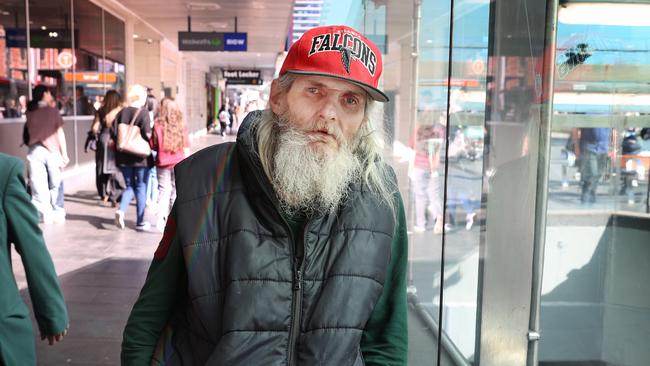
Home truths: jails overflow as mentally ill live on the streets
Since the closure of mental asylums, the ranks of prisoners and the homeless have swelled with the severely mentally ill.
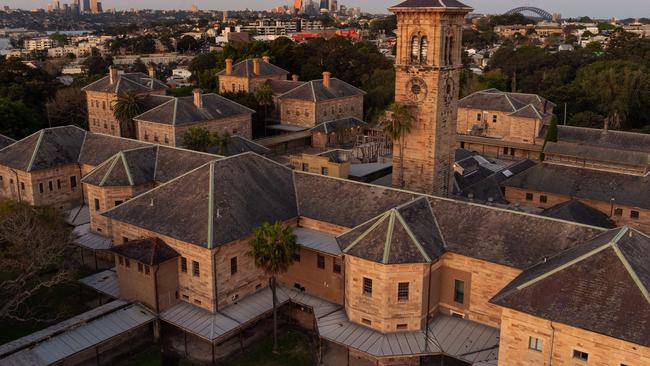
‘Nowhere to go’: supported housing could ease the burden of mental illness
Investments in housing for those with severe mental illness would reap enormous gains and savings for the nation.

Shocking plight of mentally ill ‘a stain on nation’
Health Minister Mark Butler describes the atrocious health outcomes, social exclusion and widespread homelessness as ‘a shocking reflection on our community’. The situation is revealed in a report by The Australian and Australian National University.
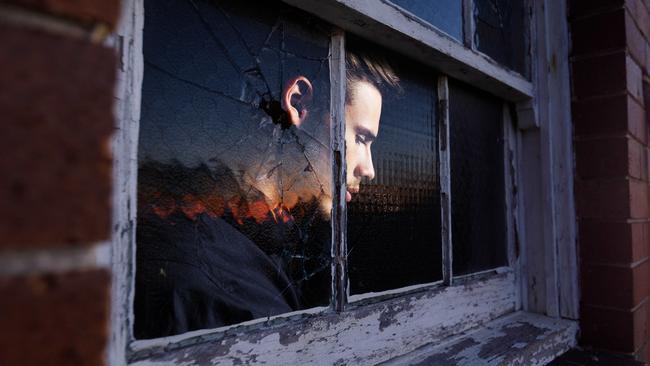
The clearing out of asylums was meant to provide hope. Instead it spawned an underclass
The severely mentally ill were promised a better future after asylums were mothballed. The promises were hollow.
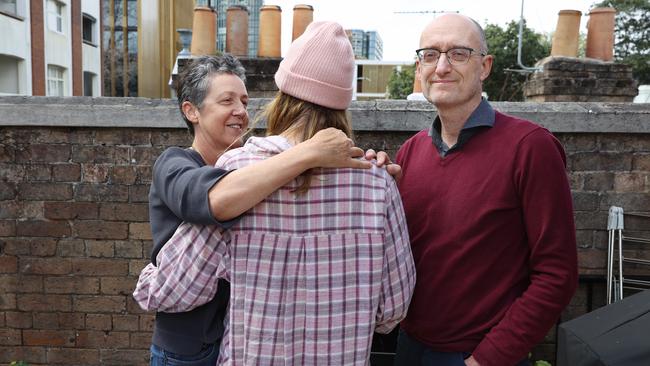
‘My nightmare of trauma and terror’
I am a 29-year-old woman living with treatment-resistant schizophrenia. I spent most of my younger years in and out of the public mental health system. This is my story.
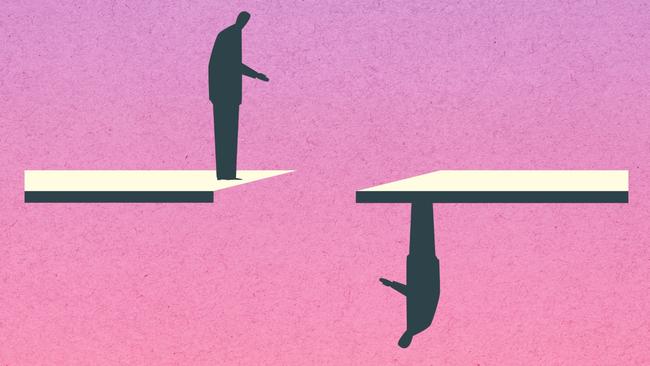
Shocking life expectancy gap has not shifted in a century
The huge gap in life expectancy between those with severe mental illness and the rest of the population is growing in Australia, with no improvement in sight.

‘As a father I’m heartbroken, as a taxpayer I’m appalled’
Patrick Leunig went to a top private school and was set to study law. Then his life spiralled downwards. His grief-stricken father tells of how our system failed his son.
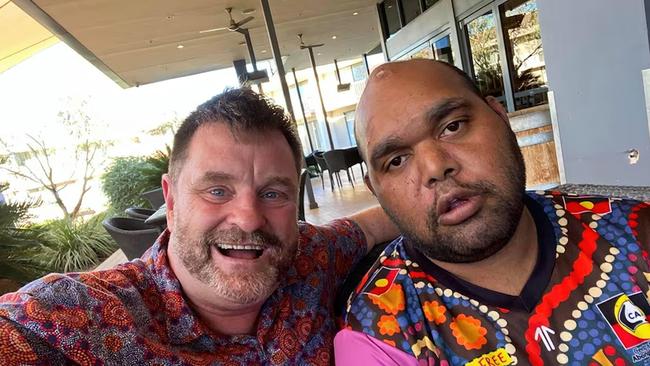
Freedom fight: Locked up and invisible in the heart of Australia
A young Aboriginal man’s escape from hell charts a community win for one of the many cognitively impaired and mentally troubled First Nations offenders who languish in our prison system.
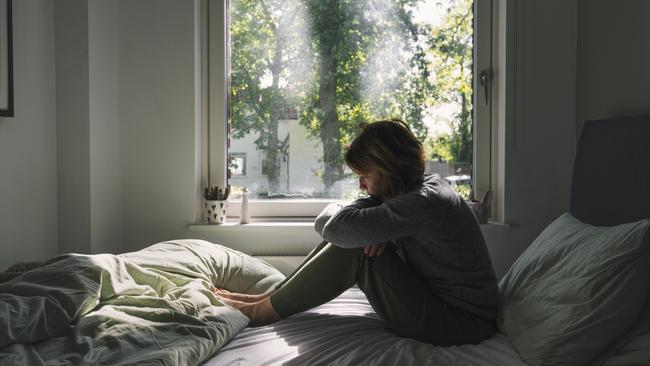
Australia has a chance to fix its mental health system. Will we take it?
Australia’s broken mental health system has failed hundreds of thousands of people with severe illness with ineffective care – and that’s if they can access any at all. But one initiative may shift the dial.
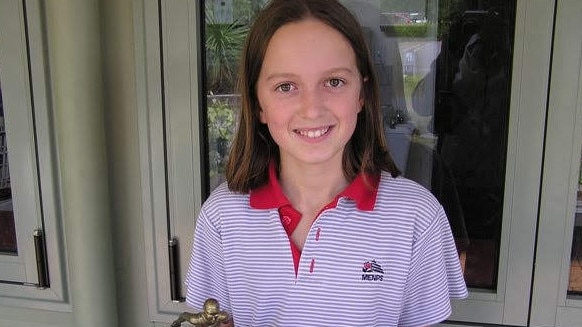
‘The mental health ward became my prison cell’: a patient’s plea for change
Billie spent more than 1000 days in hospital before she turned 18. Damaged but determined, she is now speaking out for mental health reform.
From the age of 14, she began experiencing severe depression, which required several hospitalisations. Doctors struggled to correctly diagnose Billie, at times she would experience life-threatening paranoia that convinced her to refuse food and water due to fear of being poisoned. Over the years that followed, Billie tried just about every treatment to get better, including electroconvulsive therapy (ECT). The hallucinations became increasingly disabling as she grew older and a diagnosis of schizophrenia was finally landed upon. Her father credits ECT for saving Billie’s life but cautions that it didn’t come without consequence. Billie now has permanent memory loss.
Even when acutely unwell, Billie has an extraordinary degree of insight into her own state of mind. It’s something the public mental health system still appears incapable of recognising at times. Once, while Billie was receiving treatment in a hospital, she was granted a day release. It meant she was well enough to leave the hospital grounds with her parents. After a few hours Billie flagged that she was experiencing early warning signs of deterioration and wanted to go back. On their return, the family were greeted with an assault of around 10 nurses and security guards all wearing white gloves. Despite their repeated assertion that it was inappropriate, their concerns were ignored. To this day, Billie cannot enter a Woolworths store when security guards happen to be standing out the front, and she is triggered by medical gloves, which makes any form of healthcare difficult.
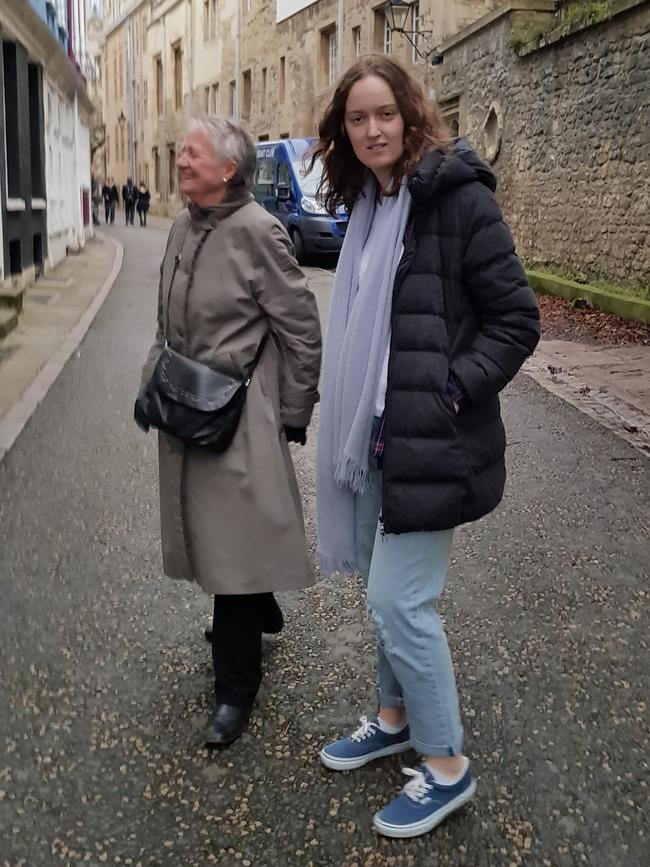
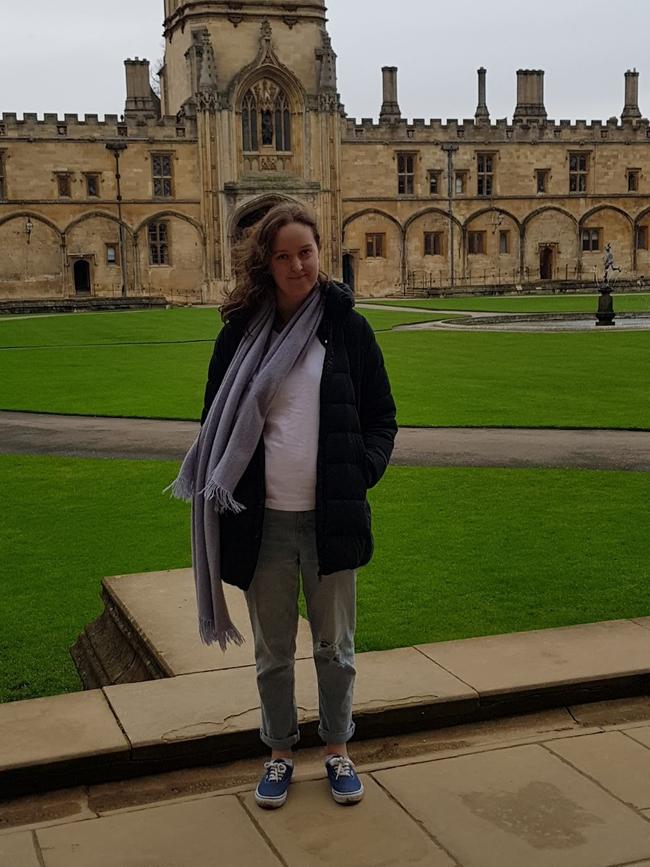
“It’s hard to trust now,” says Billie. “The whole experience has just been horrible, it’s been heartbreaking. I don’t know where I’d be without this NDIS package that I have. I can tell you for a fact I would not be at home right now. I would either be sectioned in a public hospital, or I would be dead.”
The challenge now for Billie is when she becomes periodically unwell, which is a feature of living with a complex mental illness. Mother Bernie sees a clear correlation between the chronic lack of resourcing for severe acute mental healthcare, and a system that has become a dehumanising revolving door. Threadbare staffing amid an exodus of public sector psychiatrists who themselves suffer moral damage means there is little opportunity to provide a basic level of healthcare.
“I think what you have now is the NDIS is providing a safety net for the lucky ones, but it’s not integrating with the health system in any way,” Bernie says. “I would like to see a system that integrates better between NDIS and the health system. I would like to see supportive housing as a basic platform for people with severe mental illnesses, because I think we know from data and evidence that having stable, supportive housing reduces hospitalisations and gives those living with a severe mental illness a better quality of life.”
For Billie, if the healthcare system had been able to provide her early intervention and effective care, she may not have lost so very much. Though Billie doesn’t like to dwell on what she’s lost, she feels her years-long cycle of trauma, fear and ineffective care was avoidable. Billie’s now looking to the future; she’s keen to soon join a water polo team. She’s worked hard to get to where she is today and credits finding a great team of private healthcare supporters with her success. She just hopes for better treatment for others in her circumstance in the future.
“You admit people and then send them out with not enough care, and then they get more unwell, get sent back, and it’s just a constant circle,” Billie says. “I don’t know if there could have been another way for me. But in the future, I hope for there to be another way.”


To join the conversation, please log in. Don't have an account? Register
Join the conversation, you are commenting as Logout